
 Not my yard
Not my yard To relate this to productivity, let's focus on the "little or no other maintenance" part. If you've been reading my other blog posts, there are a lot of ideas about improving productivity. But at the end of the day (and the challenge!) the idea is not to worry about how much you're getting done, but to set up habits that work and require little maintenance.
For example, maybe you'll use the Pomodoro technique whenever you have a large task that needs broken down into concentrated times of focus. Maybe you've set up a ritual to help trigger success and reduce transition time when you start a new project. You can add in Julie Lindsey's calendar trick for whenever you have an especially busy week. And you can practice closing "open loops" to reduce mental clutter.
However you combine these ideas, create a Productivity Xeriscape with the "little maintenance" concept in mind. Spend your time doing real work, not managing your productivity.

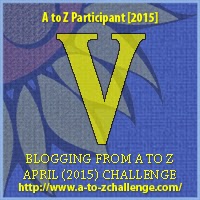
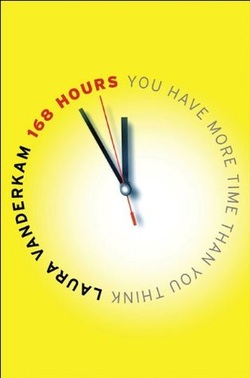
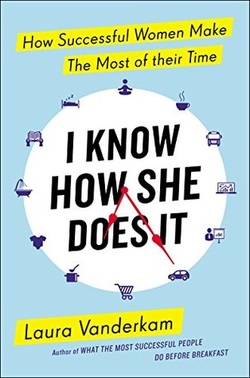
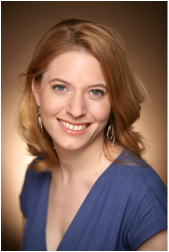



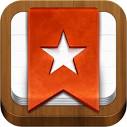
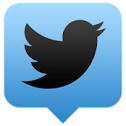






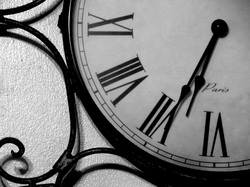
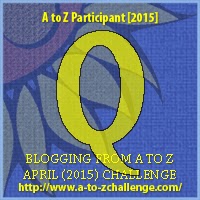





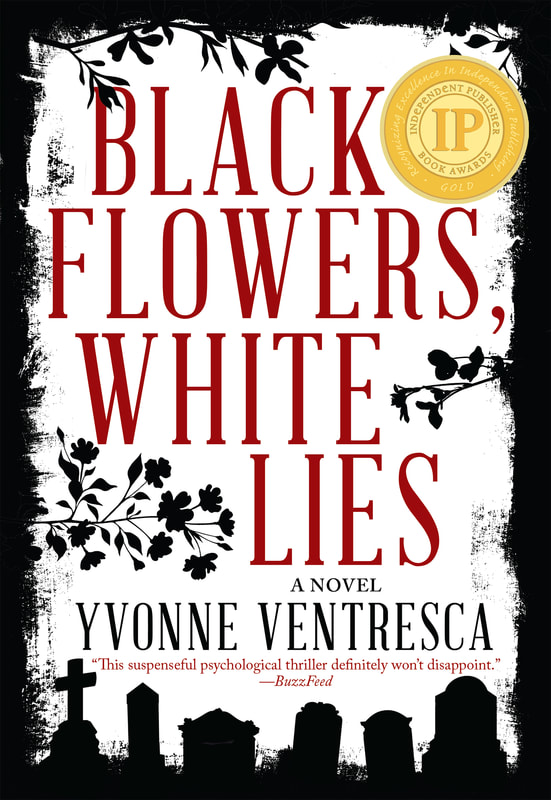
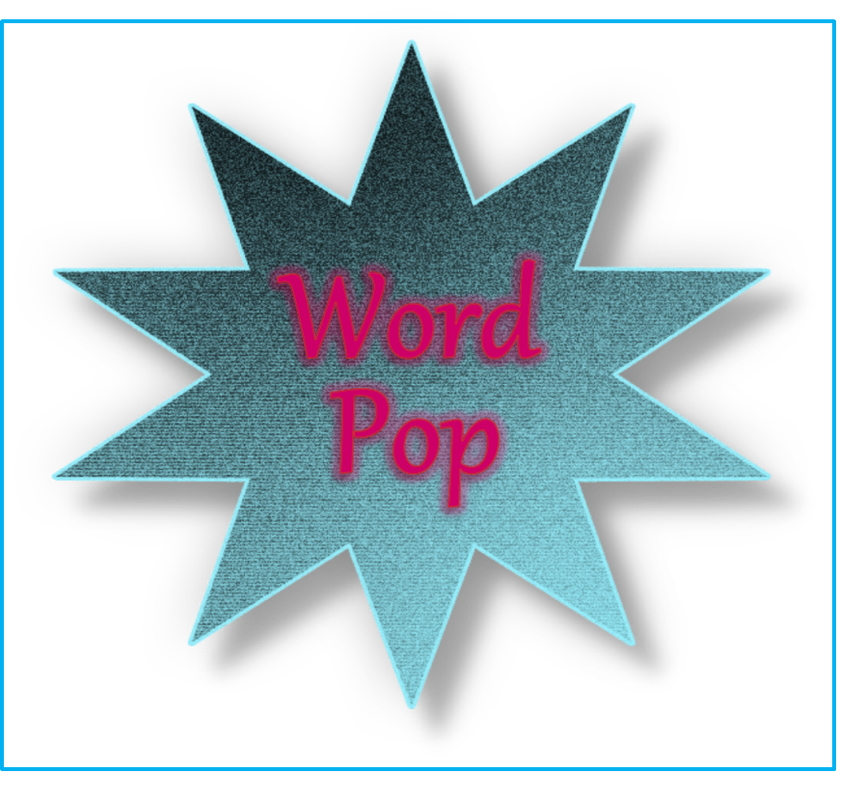
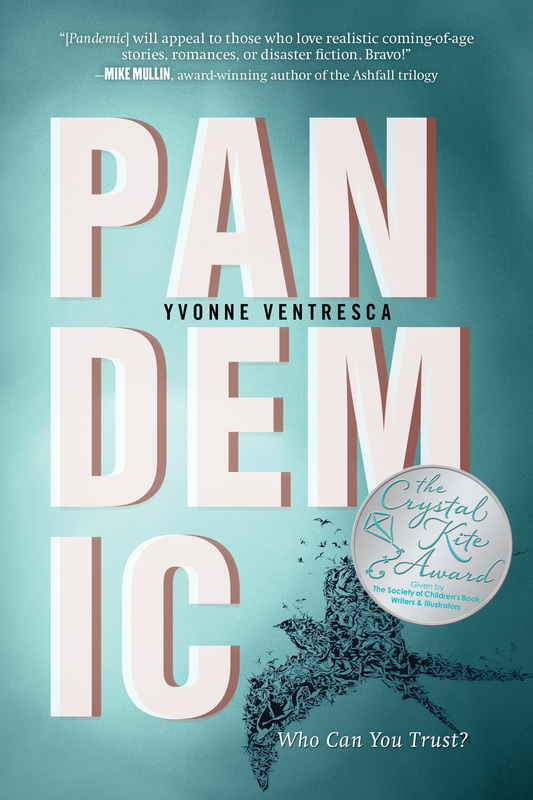
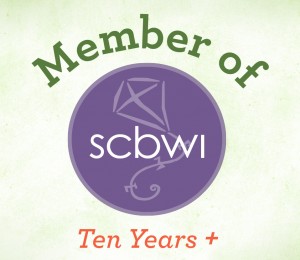

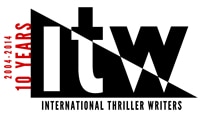
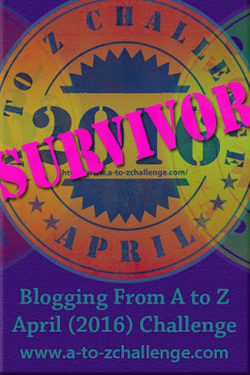
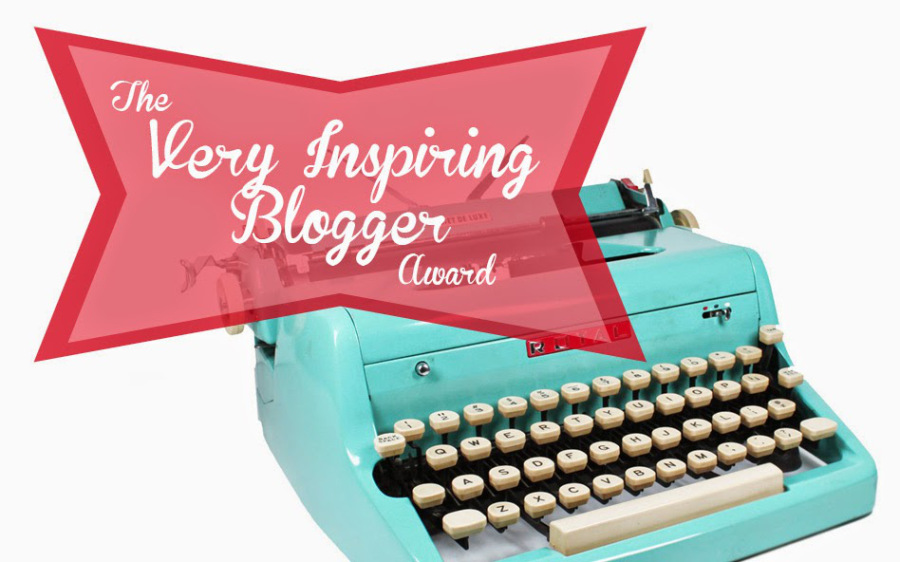
 RSS Feed
RSS Feed